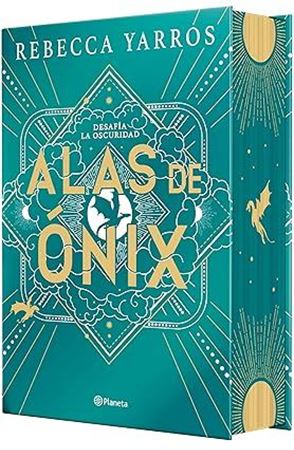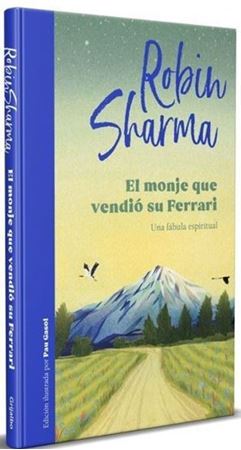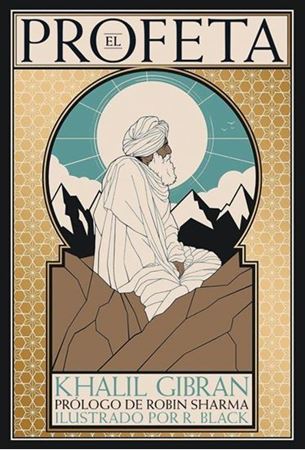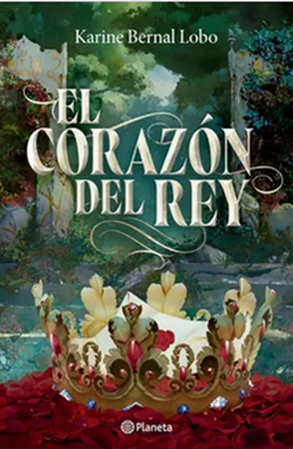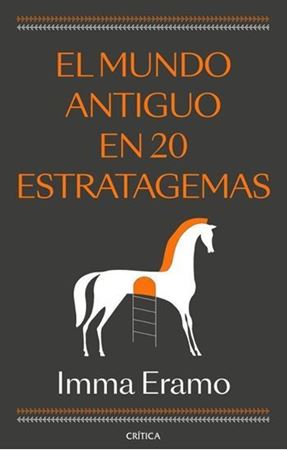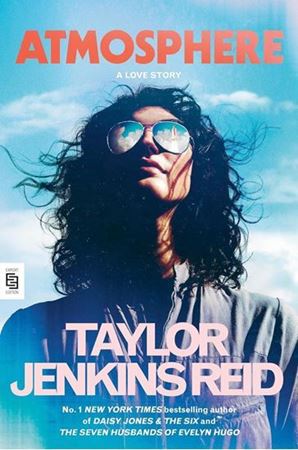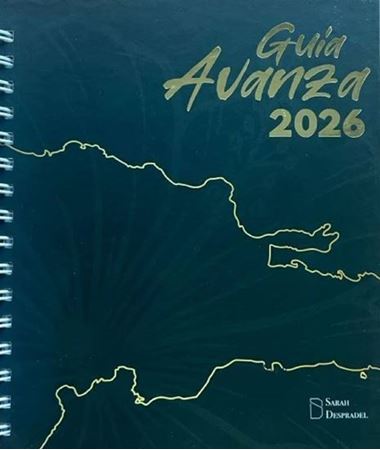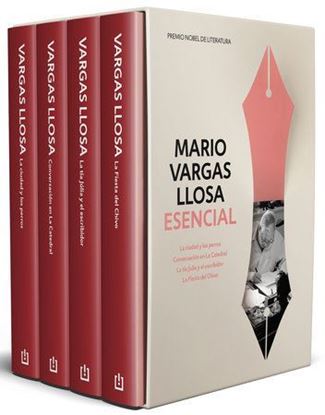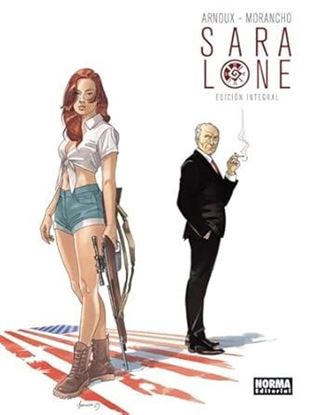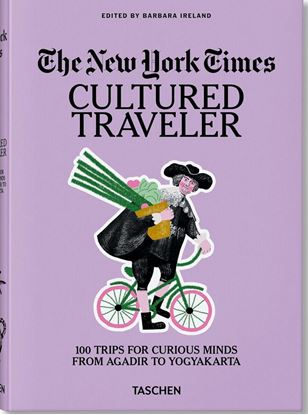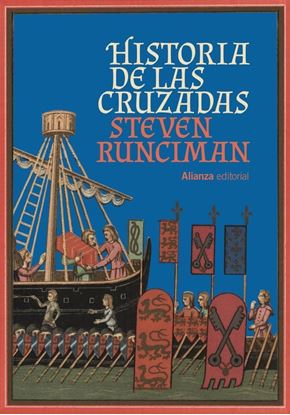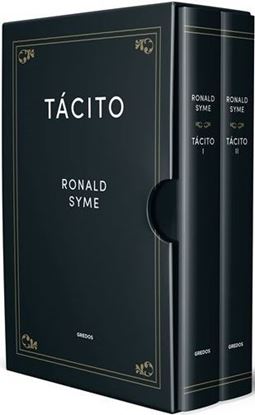

NOVEDADES
ESTUCHE VARGAS LLOSA ESENCIAL (BOL)
La ciudad y los perros nos introduce al severo mundo del Colegio Militar Leoncio Prado en Lima, donde cadetes jóvenes se enfrentan a la violencia institucional, los abusos, la camaradería, las humillaciones, y la moral fragmentada de una sociedad atrapada entre tradición y autoridad.
Conversación en la Catedral es una radiografía de la corrupción, la represión política y la descomposición moral bajo la dictadura de Odría en Perú. A partir de una conversación entre Santiago Zavala y Ambrosio en el bar La Catedral, la novela urde una interminable cadena de voces y recuerdos que revelan cómo un país entero cae en la frustración y la resignación.
La tía Julia y el escribidor ofrece un cambio de tono, más ligero, festivo, irreverente: una novela semiautobiográfica donde un joven aspirante a escritor en la Lima de los años cincuenta vive su romance con su tía política Julia, se enfrenta a los prejuicios sociales, y convive con la locura creativa de Pedro Camacho, un autor de radionovelas cuyo mundo de ficción empieza a mezclarse peligrosamente con la realidad.
La Fiesta del Chivo nos lleva a República Dominicana para retratar los últimos días de la dictadura de Rafael Trujillo: el poder absoluto, el miedo gobernante, las conspiraciones clandestinas, los crímenes del régimen y la memoria traumática de quienes sobrevivieron. Una novela conmovedora sobre el autoritarismo, la injusticia y la resistencia.
3,800
2,850
SARA LONE. EDICION INTEGRAL
Sara Lone no es su verdadero nombre. Antes tenía otro, Joy Carruthers, pero lo dejó atrás hace años cuando huyó de Texas para trabajar como bailarina en un cabaret de Nueva Orleans. El asesinato de su padre, dueño de una modesta pesquería, la obligará a retomar su vida allí donde la dejó, enredándola en una maraña de crimen, mafia, tesoros hundidos, agentes secretos y conspiraciones políticas que podrían alcanzar al mismísimo presidente. El guionista francés Erik Arnoux y el dibujante español David Morancho unen sus fuerzas en un tenso thriller de espionaje político en cuatro partes que nos traslada a la América de Kennedy y que presentamos ahora en una edición integral ampliada con un extenso dosier final y un espectacular portfolio de David Morancho.
3,900
2,925
LA DIANA
Todas las literaturas han conocido el sueño de un mundo ideal, de pasiones y valores absolutos. El Renacimiento lo concibió con disfraces de pastor; en España, bajo los rasgos de La Diana, que gozó de un enorme éxito editorial desde su publicación (1558-1559).
Con una trama geométrica, perfecta, y con una sapientísima mezcla de naturalidad y artificio, la obra maestra de Jorge de Montemayor ofrece a un tiempo una absorbente novela psicológica y una enciclopedia de la erótica renacentista.
3,900
2,925
THE NEW YORK TIMES. CULTURED TRAVELER
Some travelers dig deep, with a sharp appetite for knowledge and minds wide open to what’s old and what’s new. In Cultured Traveler, the latest in the travel book collaborations between The New York Times and TASCHEN, these adventurers hum to Mozart in Vienna and tap their toes to dance music in Dar es Salaam. They pursue Hamlet in Elsinore, Picasso on the French Riviera, and Le Corbusier in India. They follow in the footsteps of Georgia O’Keeffe, Jackie Kennedy, and even Jesus.
3,995
2,996
HISTORIA DE LAS CRUZADAS
Romántica aventura cristiana o última invasión de los bárbaros, movimiento animado por razones religiosas o saqueo guiado por la ambición y la codicia, la historia de las cruzadas constituye un acontecimiento decisivo en la Edad Media. Antes de su inicio -en el siglo XI- los grandes centros de la civilización eran Bizancio y los países del Califato árabe; antes de su conclusión -en el siglo XIV- la hegemonía de la cultura y del poder se había desplazado ya hacia Occidente.
Para comprender ese lento pero irresistible movimiento de deriva no basta con estudiar las circunstancias que dan cuenta de su génesis en Europa; es preciso también explicar las condiciones que en Oriente posibilitaron el avance de los cruzados. La mirada debe abarcar desde el Atlántico hasta Mongolia, y el espectador ha de situarse en la perspectiva tanto de los francos como de los árabes y los cristianos de Oriente.
3,995
2,996
ARCHITECTS OF COMMUNITY
Passionate about designing buildings and neighborhoods that quietly transform the urban environment, Torti Gallas is committed to improving cities, towns, and distressed communities throughout the United States and around the world. This fully illustrated book shows how they have combined the disciplines of architecture, planning, and urban design into a single practice, creating housing and mixed-use buildings that bring catalytic change to urban neighborhoods: the mixed-use apartment buildings, rowhouses, and single-family homes that comprise the fabric of a city. Their work hearkens back to a tradition that, before World War II, created some of the country’s finest neighborhoods, including Forest Hill Gardens in Queens, Rittenhouse Square in Philadelphia, and Russian Hill in San Francisco. Featuring 60 built projects, this book shows how Torti Gallas is dedicated to raising the level of this architecture to a new high.
3,995
2,996
TRAFALGAR. LA CORTE DE CARLOS IV (RAE)
Con Trafalgar y La corte de Carlos IV, Galdós emprendió uno de los proyectos más ambiciosos de la literatura escrita en español. Nadie ha repetido la proeza de convertir en ficción cerca de un siglo de nuestra historia (los años que van de 1805 a 1880) a través de cuarenta y seis novelas de corta extensión.
Escritos entre 1873 y 1912 y agrupados en cinco series, cada episodio es un relato autónomo, pero también es posible leer cada serie como una novela larga completa, cuyo nexo es la etapa allí reflejada en personajes históricos y ficticios, que viven los sucesos cuando se producen, entremezclados con sus experiencias cotidianas. La BCRAE presenta los dos primeros episodios, en los que domina, como en toda la Primera serie, la voz de Gabriel Araceli, casi un niño en el arranque de una acción rememorada en su vejez.
La presente edición analiza a fondo las características de la escritura galdosiana y atiende a las sucesivas fases de redacción de la novela, para establecer un texto seguro y autorizado, con una anotación adecuada a la inagotable riqueza verbal, imaginativa e historicista de los Episodios, más un estudio que da cuenta en su conjunto de este colosal e inigualado esfuerzo narrativo.
3,995
2,996
ESTUCHE TACITO I Y II
Aclamado a menudo como el mejor historiador romano y, en general, como uno de los prosistas latinos más brillantes, Tácito es una figura literaria clave sobre la que, sin embargo, existen muchas incógnitas. Son muchas las sombras que se ciernen sobre su vida y su obra. El influyente latinista Ronald Syme le dedica la que se considera la más completa monografía sobre el escritor. En ella no solo analiza de forma pormenorizada la obra conservada de Tácito, sino que ofrece un vasto contexto histórico y político tanto de su vida como de su obra.
Este estuche incluye los dos volúmenes de la obra sobre el historiador latino.
3,995
2,996
EL LIBRO DE LAS SOMBRAS
Una selección inédita de más de trescientas pinturas, dibujos y grabados de espectros, demonios, hadas y brujas.
Un periplo mágico e inquietante al mundo de las sombras, de la mano de 150 maestros.
Una bella y sobrecogedora selección inédita de pinturas, dibujos y grabados del Romanticismo, el academicismo, el simbolismo y el prerrafaelismo, con la colaboración de expertos en historia de la magia, el espiritismo y la demonología.
3,995
2,996

